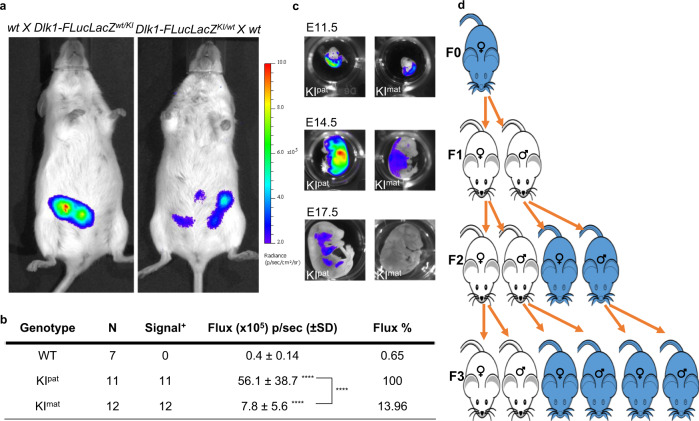Fig. 2. Inheritance of imprinted Dlk1 reporter expression in embryos and across generations.
a BL signal (blue) detected in Dlk1-FLucLacZ pregnancies arising from KIpat (left) and KImat (right) transmission showed greater surface signal in KIpat pregnancies (E11.5). b Quantification of BL signal (Flux) detected in E11.5 Dlk1-FLucLacZ embryos following dissection, demonstrating higher levels of signal from KIpat than KImat embryos. BL signal in wt and KImat embryos is shown as a percentage of the average KIpat signal (number of embryos (N) indicated in table; One-way ANOVA on log-transformed data (p < 0.0001); results of Holm-Šídák’s multiple comparisons follow-up test are shown for comparisons to wt mice, and between KIpat/KImat mice as indicated: ****adjusted p (padj) < 0.0001). Source data are provided as a Source Data file. c BL imaging of embryos at different stages (E11.5, E14.5 and E17.5) showed progressive reduction in signal (blue) in both KIpat (left panel) and KImat (right panel) through gestation; signal was readily detected in E11.5 and E14.5 KIpat and KImat embryos, but at later stages (E17.5) was only seen after paternal transmission. Signal intensity scales are equalised between images. d Transmission of mono-allelic imprinted Dlk1 reporter expression in four generations (F0, F1, F2, F3); upon paternal inheritance of Dlk1-FLucLacZ the reporter was expressed (blue), while maternal inheritance resulted in reporter silencing (white). Imprinting was predictably re-set across generations, through both germlines (a minimum of two independent litters were analysed per generation and reciprocal cross).

